Smart Mirror
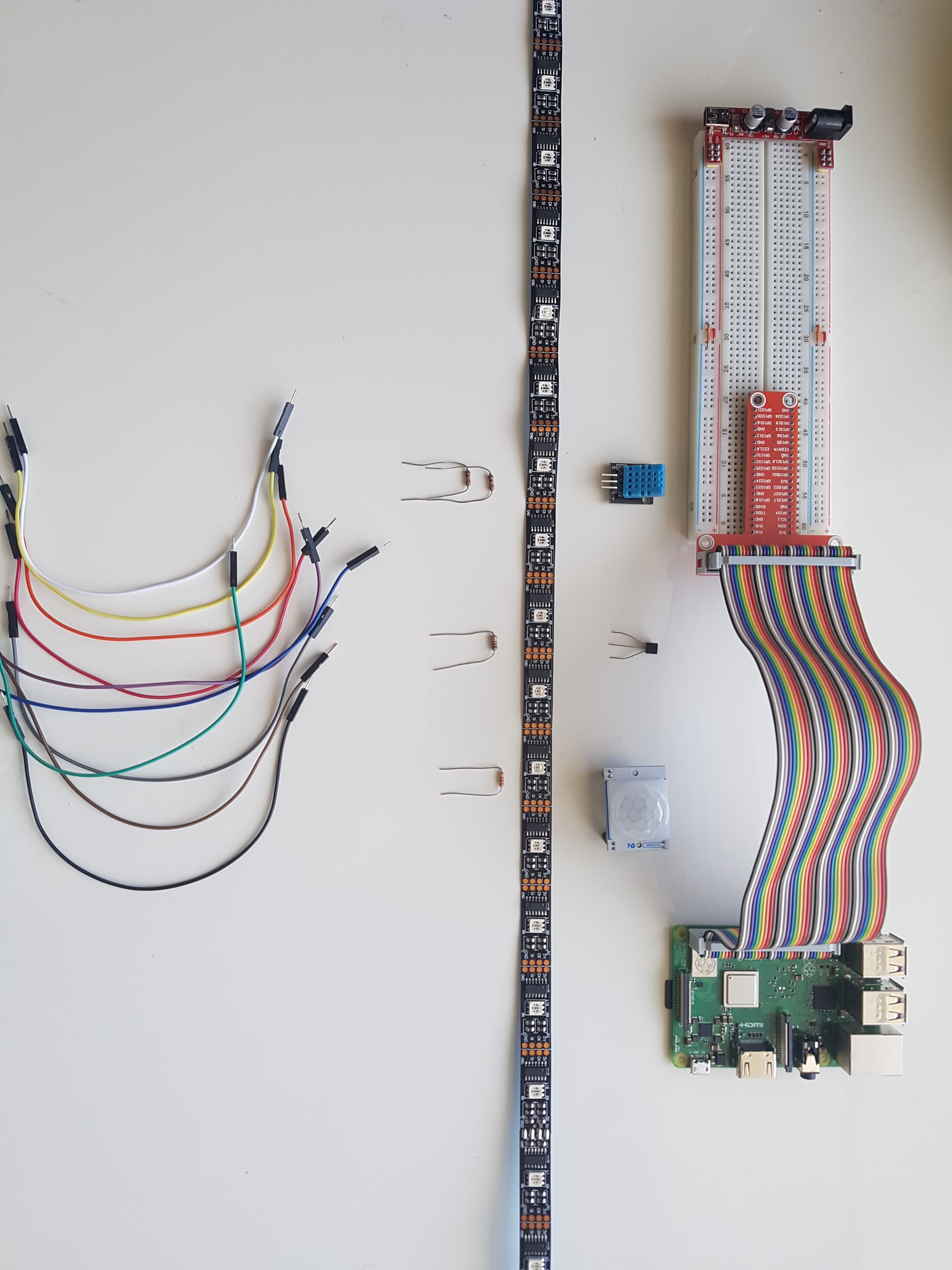
In this instructable we'll be creating a smart mirror. I made this because I think smart mirrors are really cool. It's easy to see what time it is and what weather or temperature it is outside, while getting ready to go out.
Supplies:
Before we start, there are a few parts you will need to make a smart mirror like mine. These parts together cost about 250 to 350 euros, depending on the material you already have and the region you're in.
Hardware
Sensors
- One Wire temperature sensor (DS18B20)
- Humidity sensor (DHT11)
- PIR Motion sensor
- LCD Display
Computing and IC's
- Raspberry Pi 3B+
- SD Card (16GB is good)
- Resistor 10k Ohm
Various
- Jumperwires
- Breadboard
- Mirror Foil (you need to be able to see through)
- HDMI cable
- Ethernet cable
- Wood
- Monitor (size depends on the size of the mirror you want)
- plexiglass
Software
- Putty
- Visual Studio Code
- Win32 Disk Imager
- MySQL Workbench
Downloads
Raspberry Pi Setup
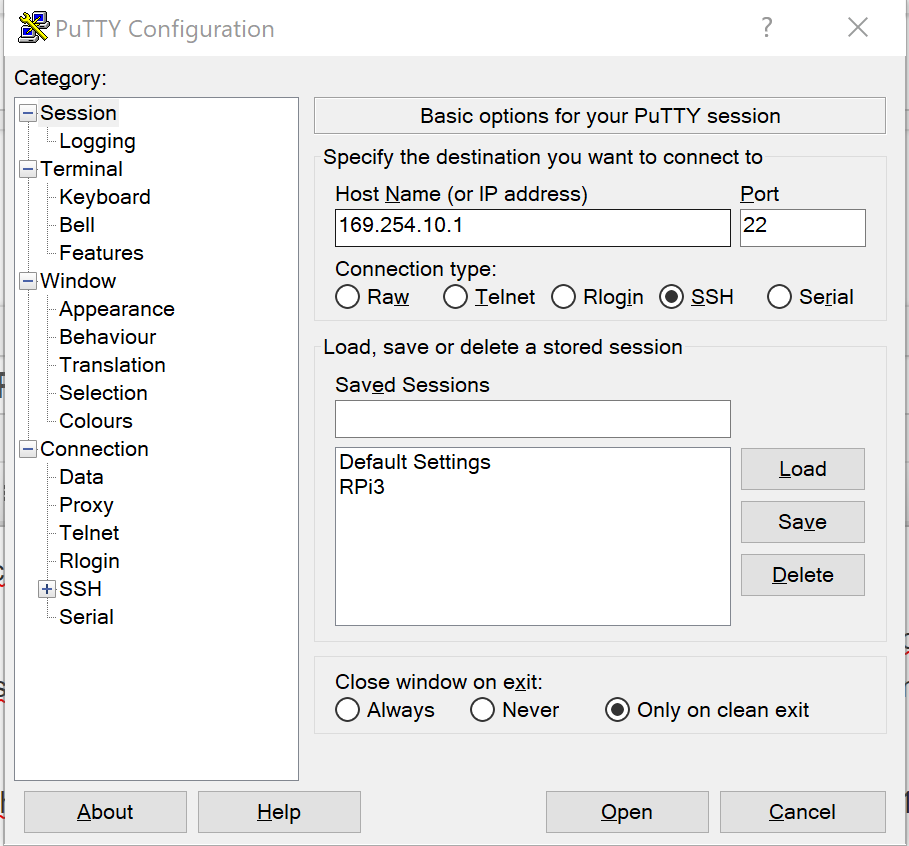
When you have all the components. You can start configuring the raspberry pi.
Install the Raspbian OS Software from the Pi website. You need to use Win32 Disk Imager to install the OS on the SD card. Then you should look for the file "cmdline.txt" and write "169.254.10.1" at the end. Then save and close this file.
Insert the SD card into the Raspberry Pi. Use Putty to connect to the Raspberry Pi using IP 169.254.10.1 and port 22.
I this is successful you should try to connect to the internet. You also need to create a folder where you will put all of your documents.
Hardware
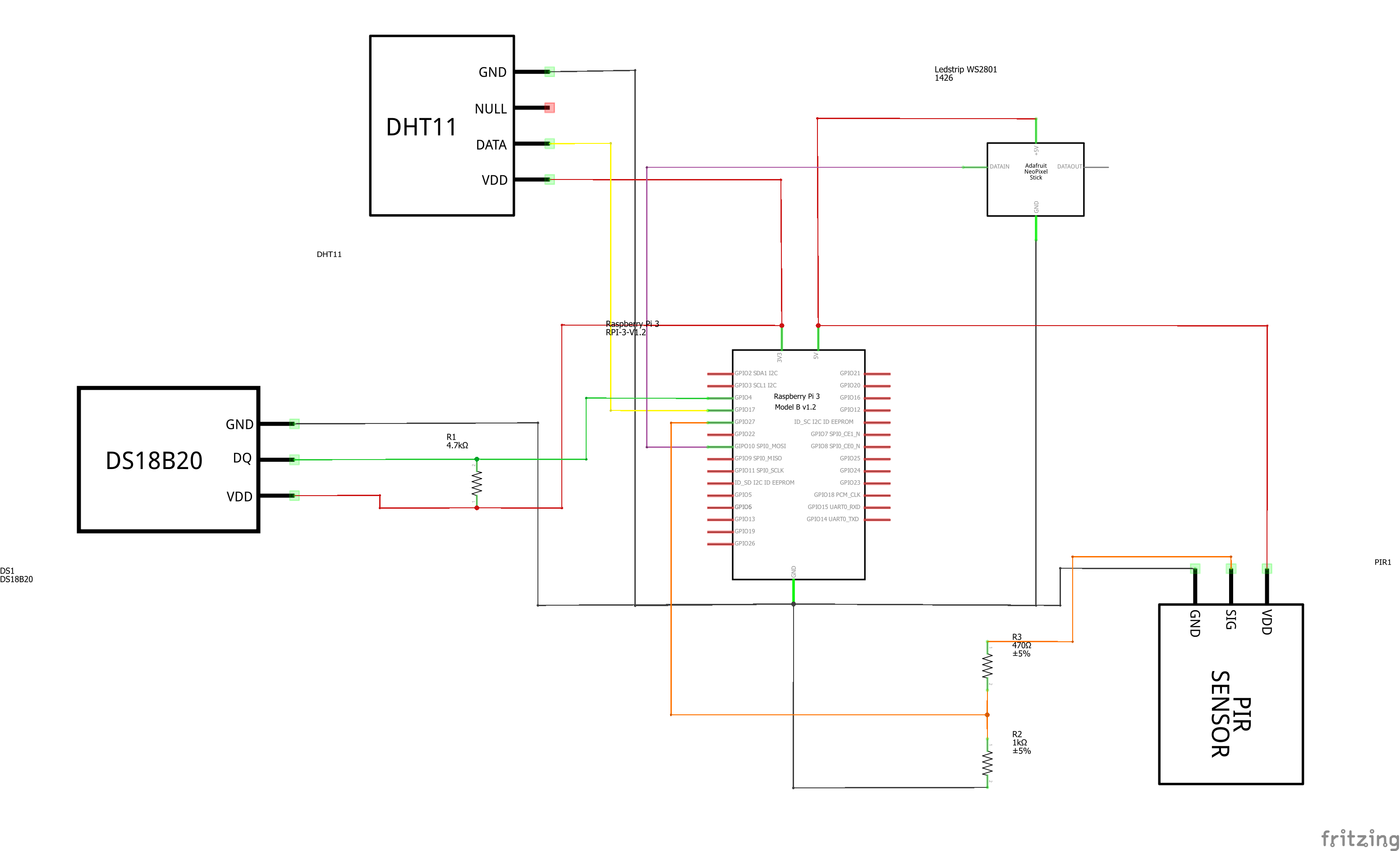
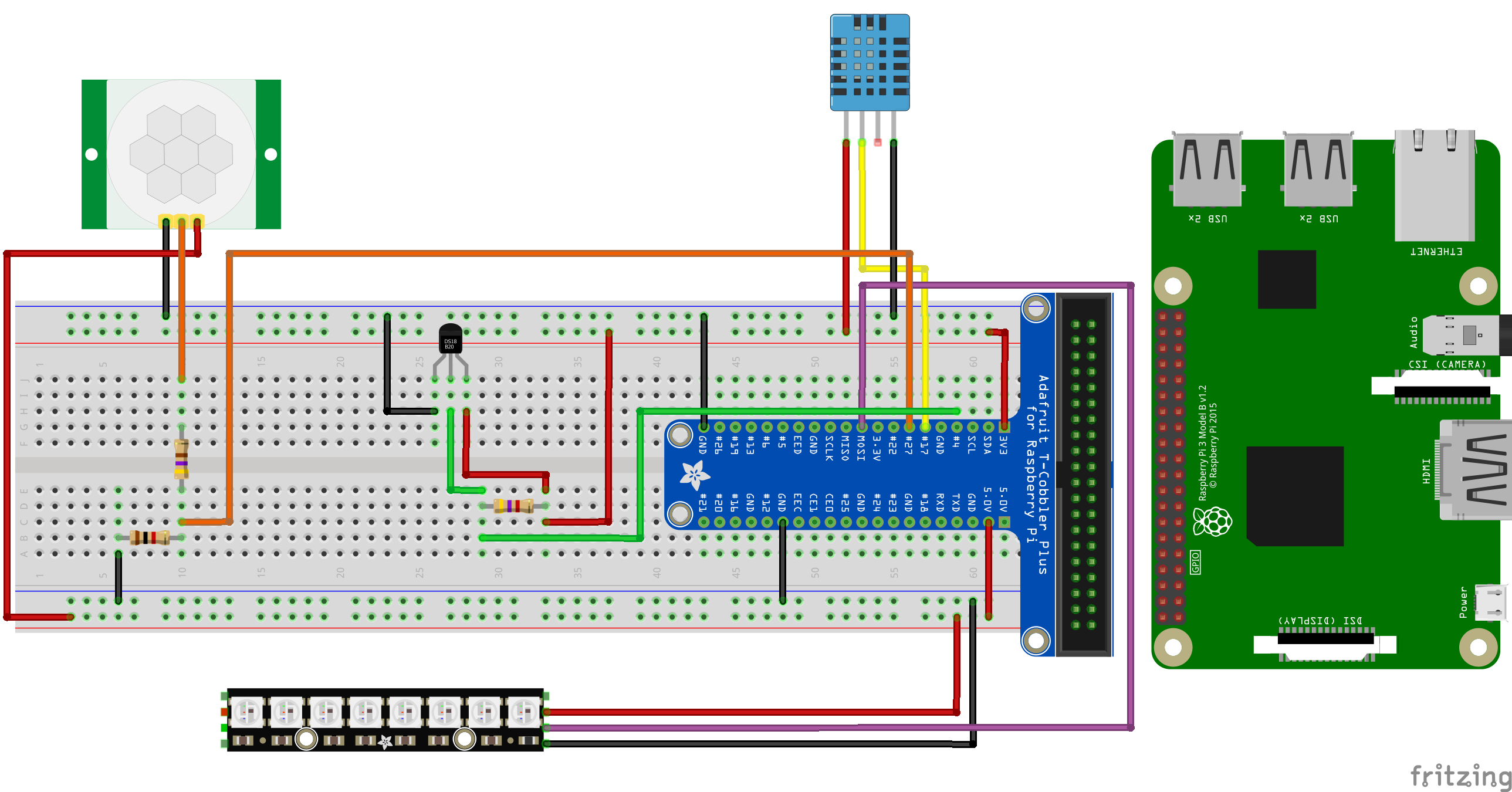
Now that the Raspberry Pi is ready, you can start setting up the circuit. Connect your circuit as shown above.
Attention: you will see that no LCD Display is drawn on the photos or in the accompanying documents.
SQL Database
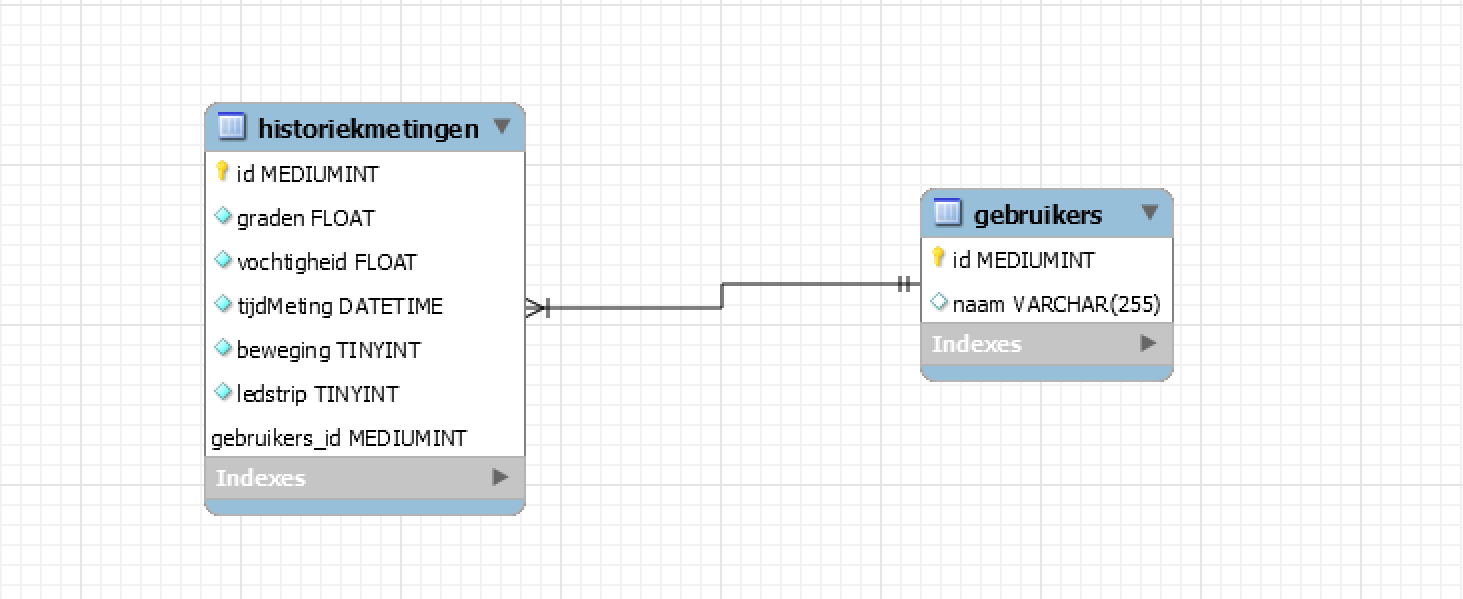
As you can see in the photo, we keep track of different users and a history of the measurements of the sensors.
The Case
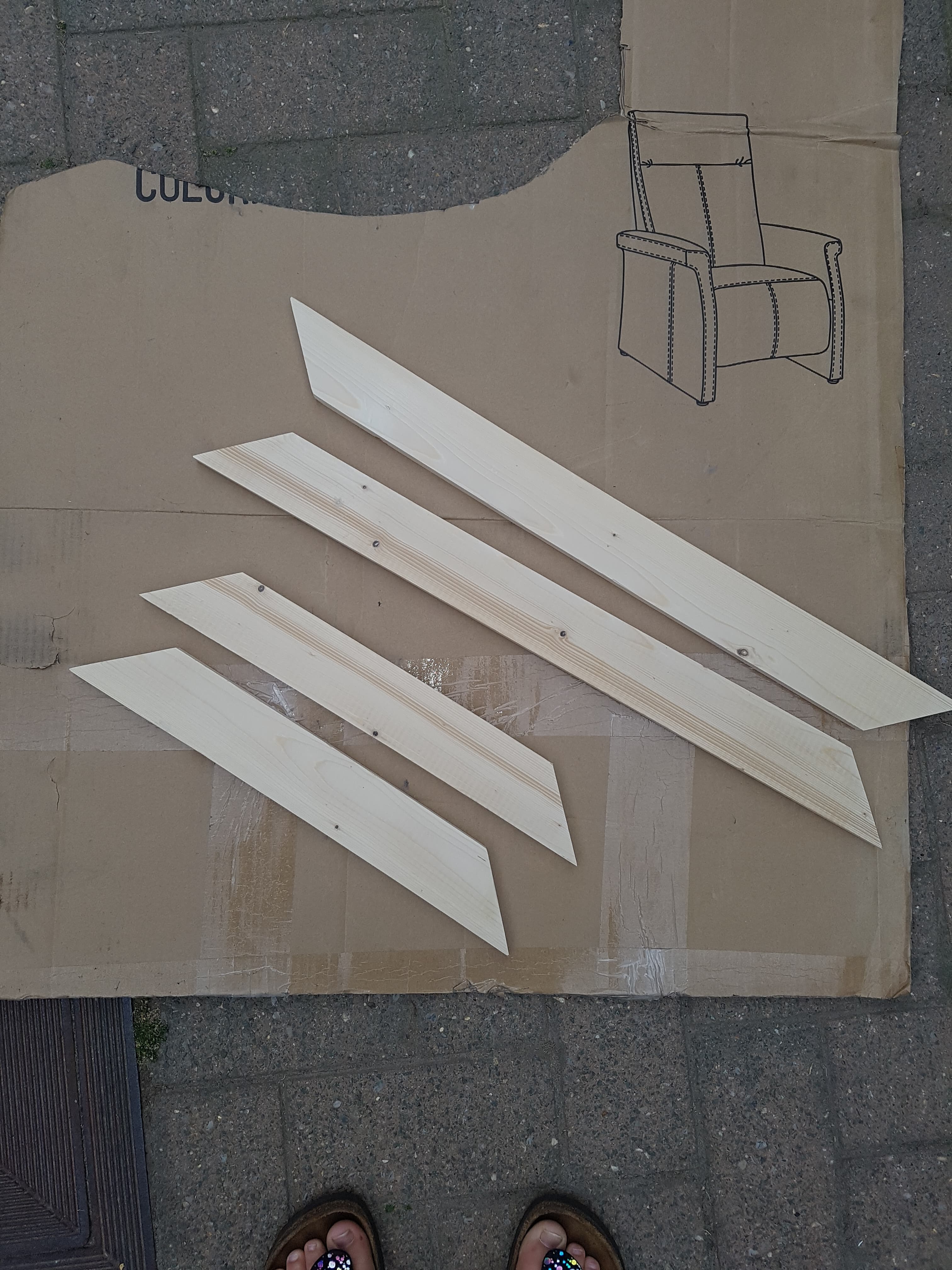
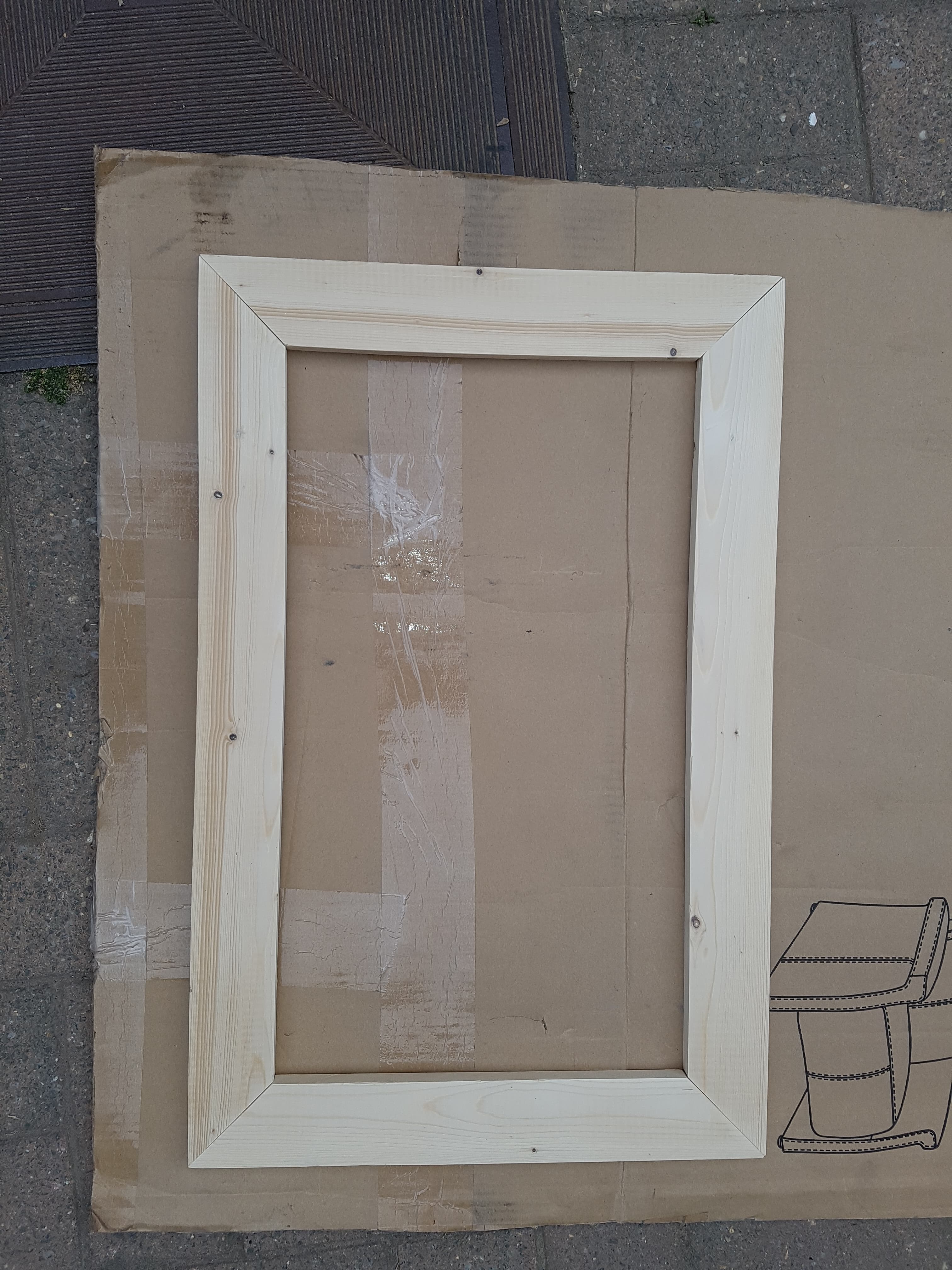
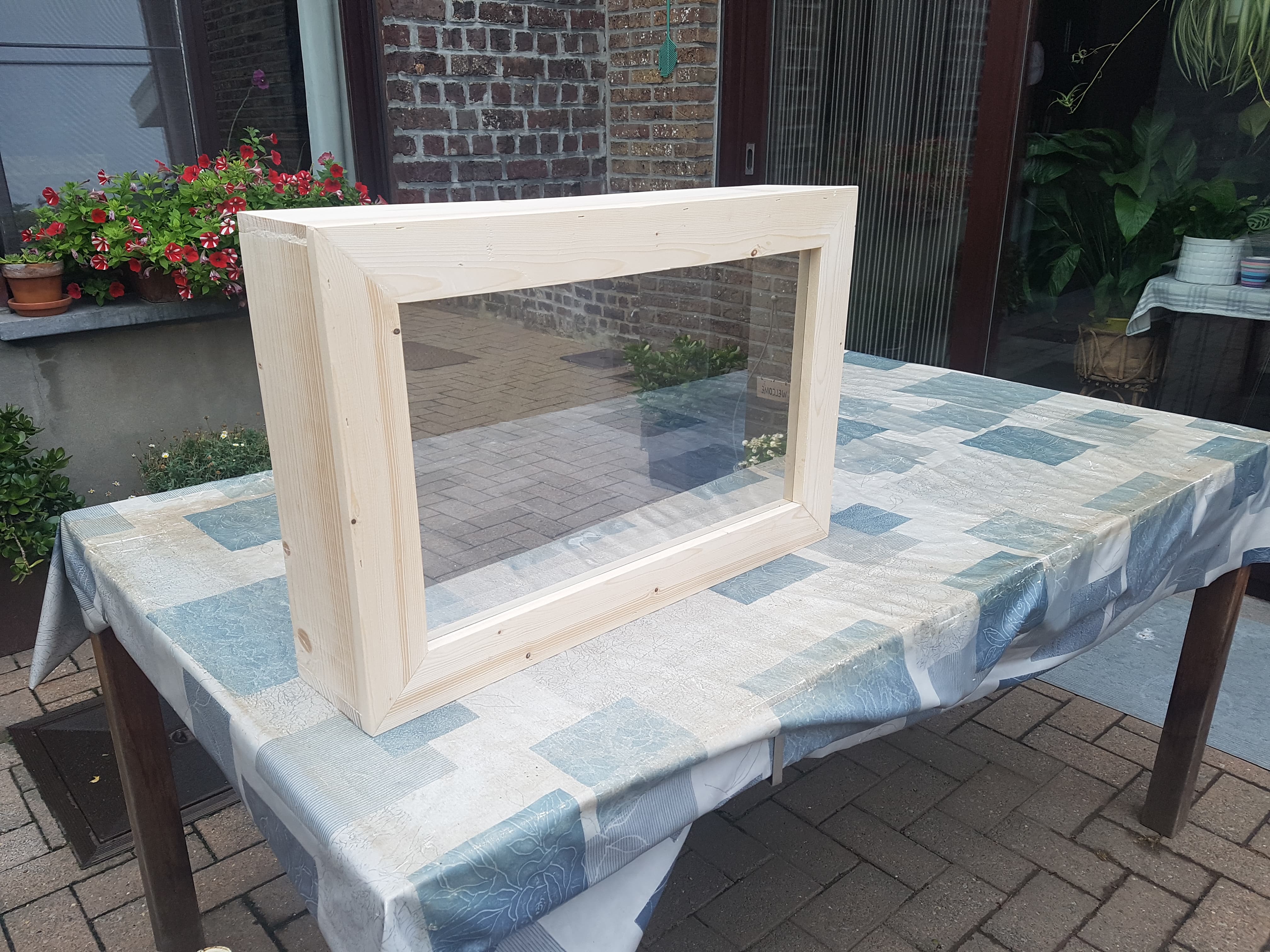
I used light wood so it wouldn't weigh too much in the end. I made the wooden slats in such a way that they are the same size as my screen.
Plexiglass with the mirror foil
- Remove the protective film from the plexiglass on one side.
- Make sure that side is clean, so that the mirror foil can be hung nicely. If this would not have happened, you will get bubbles in it.
- Hang the mirror foil on the plexiglass using water and a little bit of soap.
Make the framework
- Make sure that the wooden slats are smoothly sanded, so that you don't get splinters in your hands.
- Saw the slats to the dimensions you want, so that your screen fits nicely. Saw off an angle of 90° on both sides, so that you get a nice frame.
- I then glued the slats together and let this dry for 2 hours.
- After those 2 hours I shot the slats again with a staple gun, so that they certainly cannot come off.
Behind the framework
- I attached slats of the same length to the back so that I created some sort of box to house the screen and the circuit.
- I tried to glue the plexiglass (with foil on the front) into the frame, but it turned out not to be strong enough so I screwed it into the wood.